Even if it doesn’t replace lawyers en masse | Business.


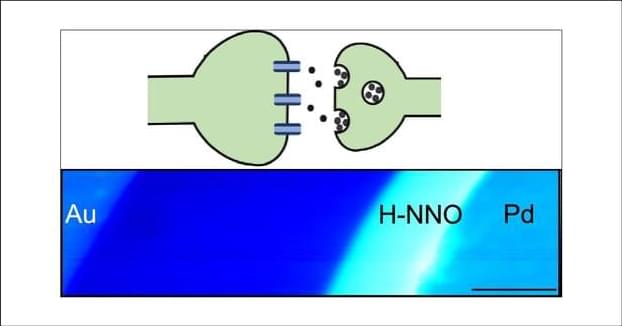
A key aspect of how the brain learns and enables decision-making processes is through synaptic interactions. Electrical transmission and communication in a network of synapses are modulated by extracellular fields generated by ionic chemical gradients. Emulating such spatial interactions in synthetic networks can be of potential use for neuromorphic learning and the hardware implementation of artificial intelligence. Here, we demonstrate that in a network of hydrogen-doped perovskite nickelate devices, electric bias across a single junction can tune the coupling strength between the neighboring cells. Electrical transport measurements and spatially resolved diffraction and nanoprobe X-ray and scanning microwave impedance spectroscopic studies suggest that graded proton distribution in the inhomogeneous medium of hydrogen-doped nickelate film enables this behavior.

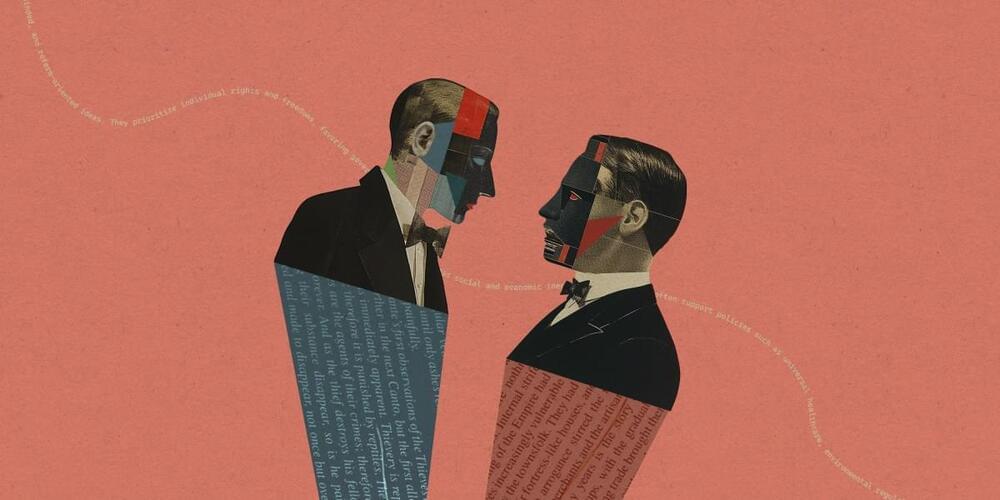
Plus: Worldcoin just officially launched. Why is it already being investigated?
AI language models have recently become the latest frontier in the US culture wars. Right-wing commentators have accused ChatGPT of having a “woke bias,” and conservative groups have started developing their own versions of AI chatbots. Meanwhile, Elon Musk has said he is working on “TruthGPT,” a “maximum truth-seeking” language model that would stand in contrast to the “politically correct” chatbots created by OpenAI and Google.
An unbiased, purely fact-based AI chatbot is a cute idea, but it’s technically impossible. (Musk has yet to share any details of what his TruthGPT would entail, probably because he is too… More.
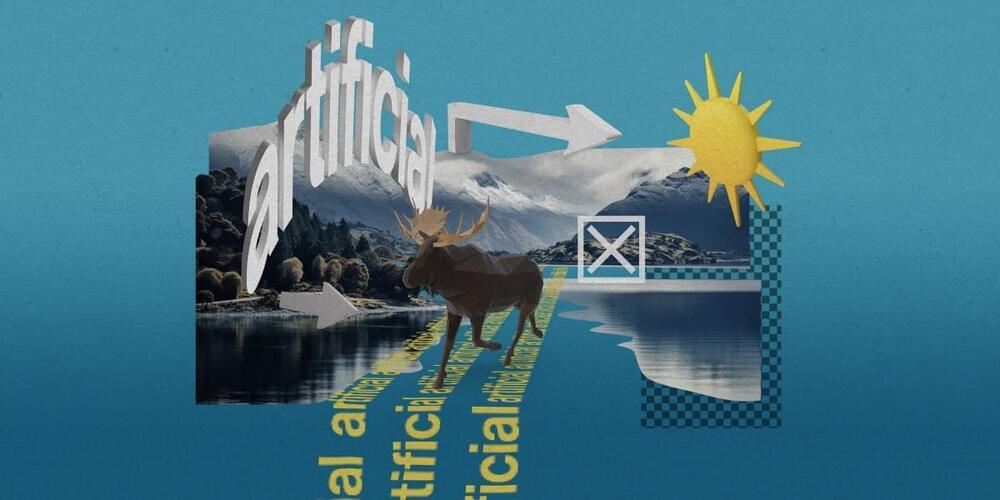
The need for transparency around AI-generated content is clear, but the value of measures like watermarks is not.
A few miles away, White House aides and reporters scrambled to figure out whether a viral online image of the exploding building was in fact real.
It wasn’t. It was AI-generated. Yet government officials, journalists, and tech companies were unable to take action before the image had real impact. It not only caused confusion but led to a dip in financial markets.
In late May, the Pentagon appeared to be on fire.
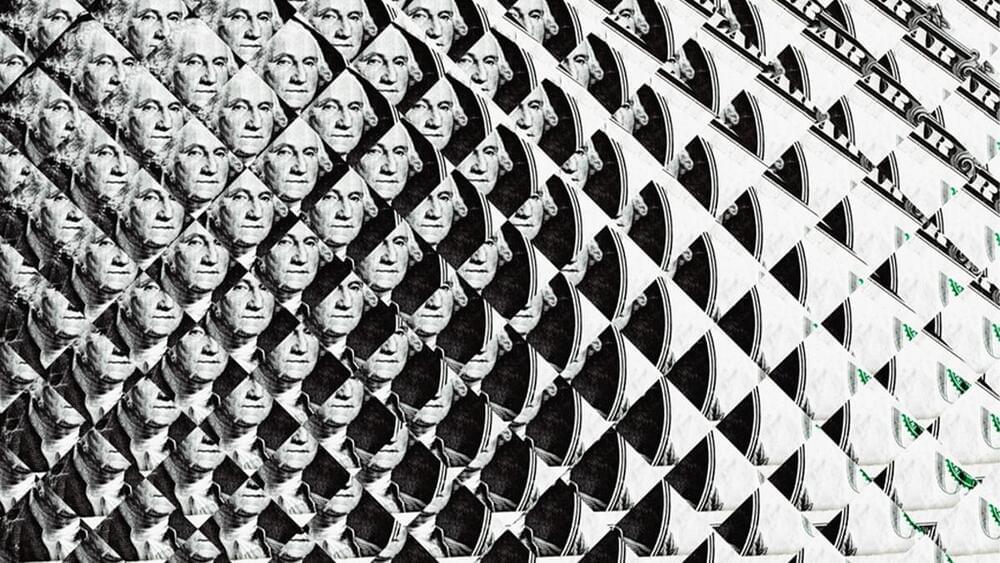
Summary.
What will artificial intelligence do to industries and jobs? For a preview, look to the finance industry which has been incorporating data and algorithms for a long time, and which is always a canary in the coal mine for new technology. The experience of finance suggests that AI will transform some industries (sometimes very quickly) and that it will especially benefit larger players. But it may not leave the overall system better off.
Page-utils class= article-utils—vertical hide-for-print data-js-target= page-utils data-id= tag: blogs.harvardbusiness.org, 2007/03/31:999.361588 data-title= What the Finance Industry Tells Us About the Future of AI data-url=/2023/08/what-the-finance-industry-tells-us-about-the-future-of-ai data-topic= Business and society data-authors= Mihir A. Desai data-content-type= Digital Article data-content-image=/resources/images/article_assets/2023/08/Aug23_09_5277464-383x215.jpg data-summary=
The sector is a test case for how new technology will play out.
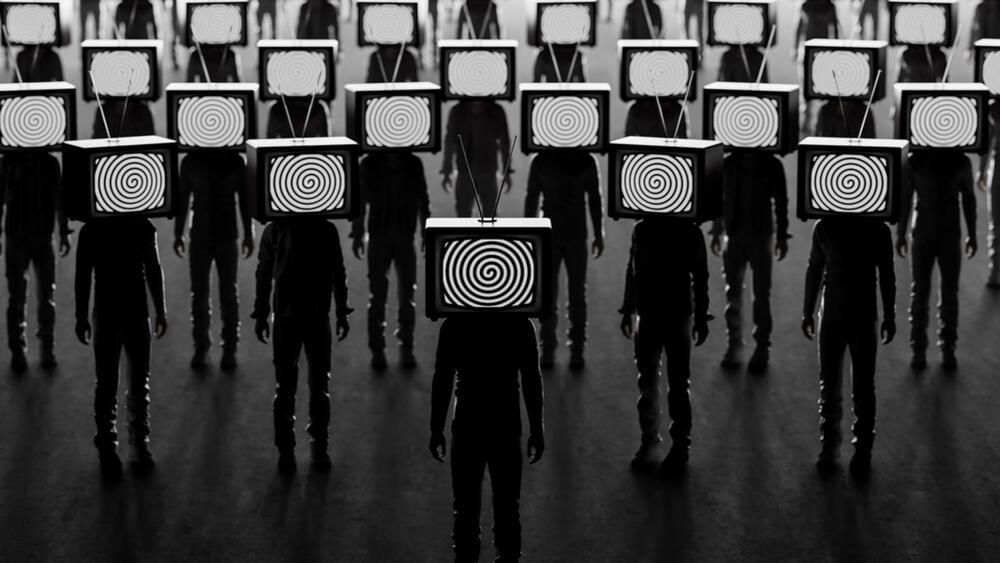
Hypnotized LLMs can help leak confidential financial information, generate malicious code and even cross red lights.
Tech pundits worldwide have been fluctuating between marking artificial intelligence as the end of all of humanity and calling it the most significant thing humans have ever touched since the internet.
We are in a phase where we are unsure what the AI Pandora’s box will reveal. Are we heading for doomsday or utopia?
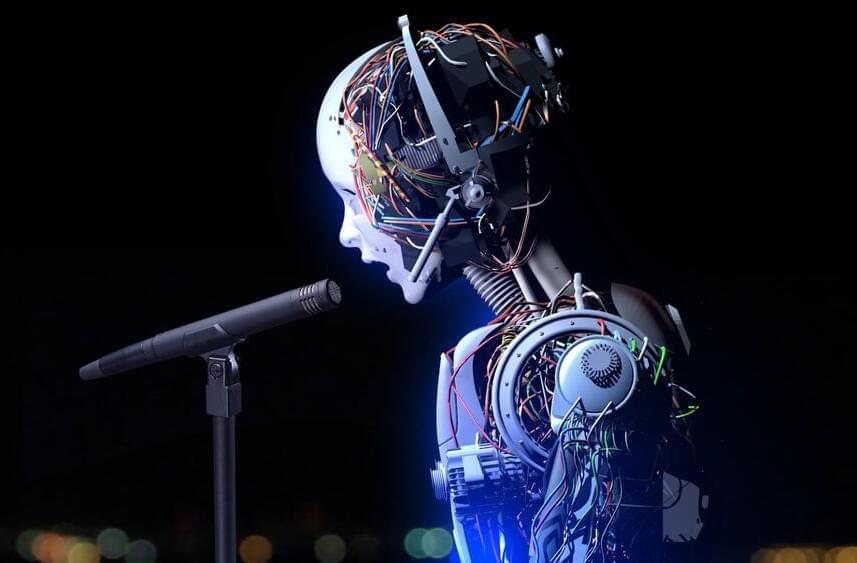
The AI tool allows people to create songs using the voices of various artists. What will this do to the music industry?
Months after an outburst over AI-engineered songs that used the voice of artists, it seems like the world’s largest record label – Universal Music Group (UMG) – is getting on board to ride the AI wave before it washes out the company.
In collaboration with Google, UMG will soon develop a tool allowing fans to create AI-generated music using musicians’ voices, reported Financial Times. The deal involves paying copyright holders their share in using their melody and allows the artists a choice to opt in.
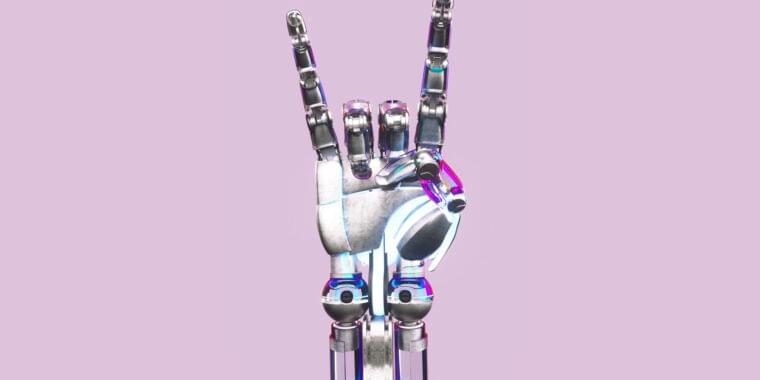
“Frank Sinatra’s voice has been used on a version of the hip-hop song ”Gangsta’s Paradise,” while Johnny Cash’s has been deployed on the pop single ”Barbie Girl.” A YouTube user called PluggingAI offers songs imitating the voices of the deceased rappers Tupac and Notorious B.I.G.
”An artist’s voice is often the most valuable part of their livelihood and public persona, and to steal it, no matter the means, is wrong,” Universal Music general counsel Jeffrey Harleston told US lawmakers last month.
Discussions between Google and Universal Music are at an early stage, and no product launch is imminent, but the goal is to develop a tool for fans to create these tracks legitimately, and pay the owners of the copyrights for it, said people close to the situation. Artists would have the choice to opt in, the people said.
The discussions, confirmed by four people familiar with the matter, aim to strike a partnership for an industry that is grappling with the implications of new AI technology.
The rise of generative AI has bred a surge in ”deepfake” songs that can convincingly mimic the voices, lyrics, or sound of established artists, often without their consent.
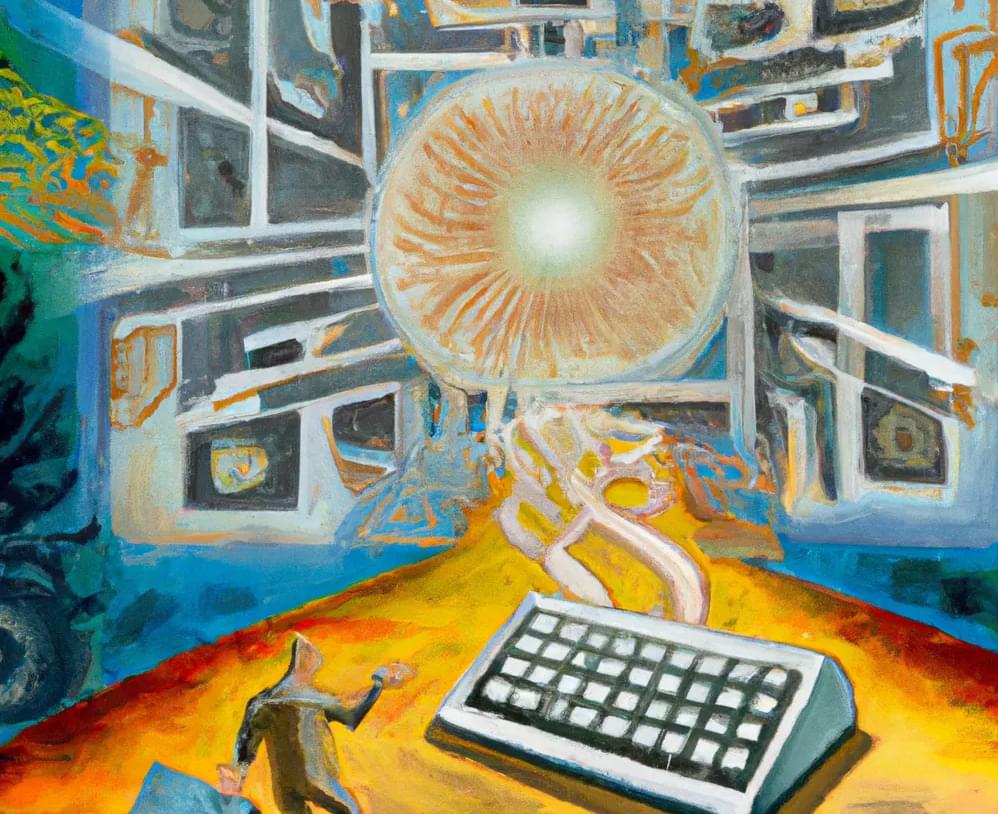
On the twelfth challenge: Suppose that in the next decade or two, we meet all the engineering challenges in a single system. Will we then have a conscious AI systems? Not everyone will agree that we do. But if someone disagrees, we can ask once again: what is the X that is missing? And could that X be built into an AI system?
My conclusion is that within the next decade, even if we don’t have human-level artificial general intelligence, we may well have systems that are serious candidates for consciousness. There are many challenges on the path to consciousness in machine learning systems, but meeting those challenges yields a possible research program toward conscious AI.
I’ll finish by reiterating the ethical challenge.4 I’m not asserting that we should pursue this research program. If you think conscious AI is desirable, the program can serve as a sort of roadmap for getting there. If you think conscious AI is something to avoid, then the program can highlight paths that are best avoided. I’d be especially cautious about creating agent models. That said, I think it’s likely that researchers will pursue many of the elements of this research program, whether or not they think of this as pursuing AI consciousness. It could be a disaster to stumble upon AI consciousness unknowingly and unreflectively. So I hope that making these possible paths explicit at least helps us to think about conscious AI reflectively and to handle these issues with care.